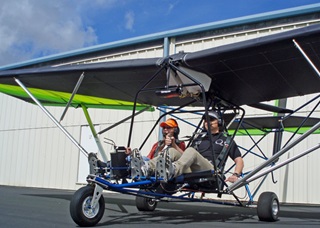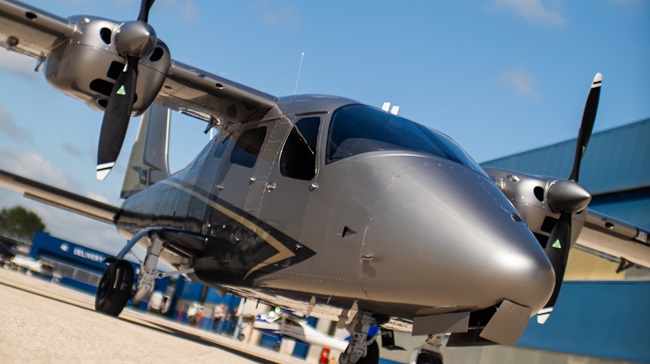
Details are emerging that indicate 2015 may not be the best of the economic recovery years following the depression that, the government says, started in December 2007 and ended in 2009, with a subprime mortgage crisis thrown in for good measure.
The owners of Quicksilver, located in Temecula, California, have opted for dissolution of the company, according to bydanjohnson.com. The owners later confirmed that in an interview with AOPA. There is a silver lining to the assets auction coming up for the company Nov. 3: While the home factory is going away, parts will continue to be offered by Air-Tech, located in Reserve, Louisiana, which has served Quicksilver customers since 1977. Kits can easily be offered at some point as well, a company official told AOPA, and maybe one day the complete aircraft, especially the Sport 2S light sport aircraft, can be offered again.
While owners Will Escutia and Daniel Perez dissolved Quicksilver Aeronautics, they kept the intellectual property rights. Escutia said in an interview Oct. 21 that there were no buyers for the intellectual rights but those might one day be sold. He said demand for the aircraft, which is 25 percent less in 2015 than the three previous years, wasn't bringing enough profit to support the infrastructure the company had. While Air-Tech is the kingpin of future plans, Escutia said parts might also be outsourced to other companies. Escutia came to the Quicksilver company from previous positions at Kodak, Panasonic, and Technicolor. Perez was at Kodak for 20 years.
The dissolution of the company came as a surprise even to those closely following the firm.
After news of Quicksilver, a company that has 15,000 aircraft flying according to bydanjohnson.com, Hartzell Engine Technologies (a sister company of the propeller manufacturer) released its fall newsletter. “So far business in 2015 hasn’t turned out as expected. As you’ve no doubt heard, General Aviation Manufacturers Association (GAMA) data on aircraft sales show the first half of 2015 down from 2014,” the newsletter said. Despite that, the manufacturer of alternators, fuel pumps, heating systems, starters, and turbochargers said it is investing in tools and technology. The company said uncertainty in the market makes it difficult to predict what to produce and keep in inventory.
The GAMA numbers referenced show piston sales for the first half of 2015, compared to the first half of 2014, down 11.8 percent. Turboprops are down 9.9 percent, and business jets are down 4.1 percent. Total billings decreased from $10.9 billion in the first half of 2014 to $10.4 billion for the comparable period of 2015. For rotorcraft, piston-engine helicopters are down 9.7 percent and turbine-powered helicopters are down 11.5 percent.
As for jets, Scott Donnelly, CEO of Textron, which owns Cessna and Beechcraft under the Textron Aviation title, noted in the most recent analyst phone call that the second half of the year is traditionally better than the first.
In additional crystal ball gazing, a Jetcraft Business Aviation 10-year forecast shows the outlook flat with a 7.5 percent compound annual growth rate through 2024 with “a slight industry downturn around 2022, with the business aviation sector remaining flat overall for the period of 2015-2024.” That said, the forecast predicts Bombardier will lead the way in aircraft deliveries and revenue; Rolls-Royce engine dominance will be threatened by Pratt & Whitney Canada; and Honeywell will achieve top market share for avionics. That must be welcome news to Bombardier. A late-July report in Toronto’s The Globe and Mail quoted BMO Capital Markets Analyst Fadi Chamoun as saying, “[Bombardier’s] $1.6 billion of cash flow usage in the first half of 2015 is the highest cash burn in the history of the company.” Bombardier cut production of its Global 5000 and 6000 jets earlier this year.
Garmin officials announced their preliminary third quarter results Oct. 14, saying, “Garmin is also revising its outlook for aviation and now expects revenue for this segment to be flat for the year due to recent weakness in the general aviation industry.” Garmin’s leading area is fitness, which the company said is now expected to grow 15 percent for the year versus an earlier prediction of 25 percent.


